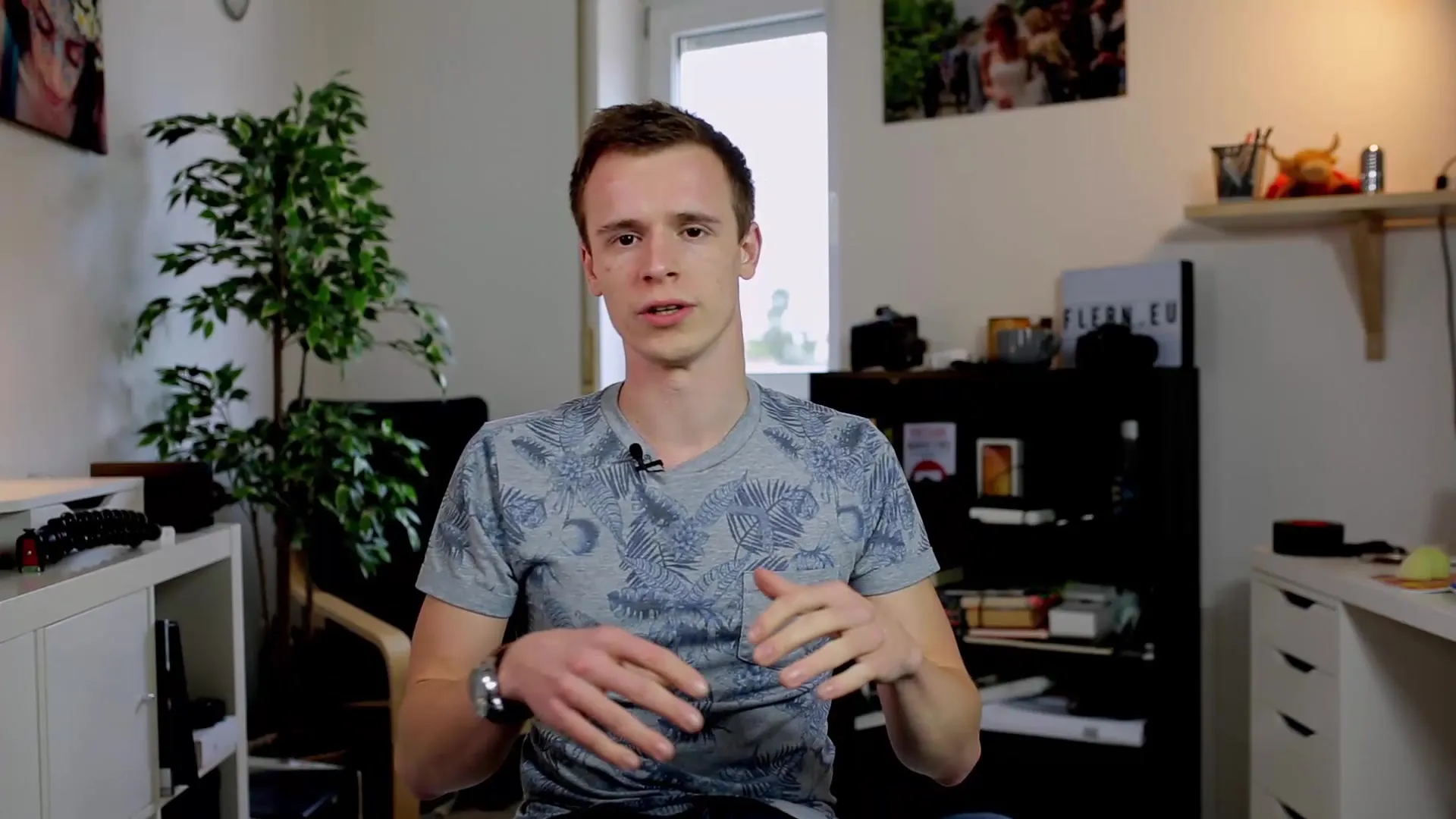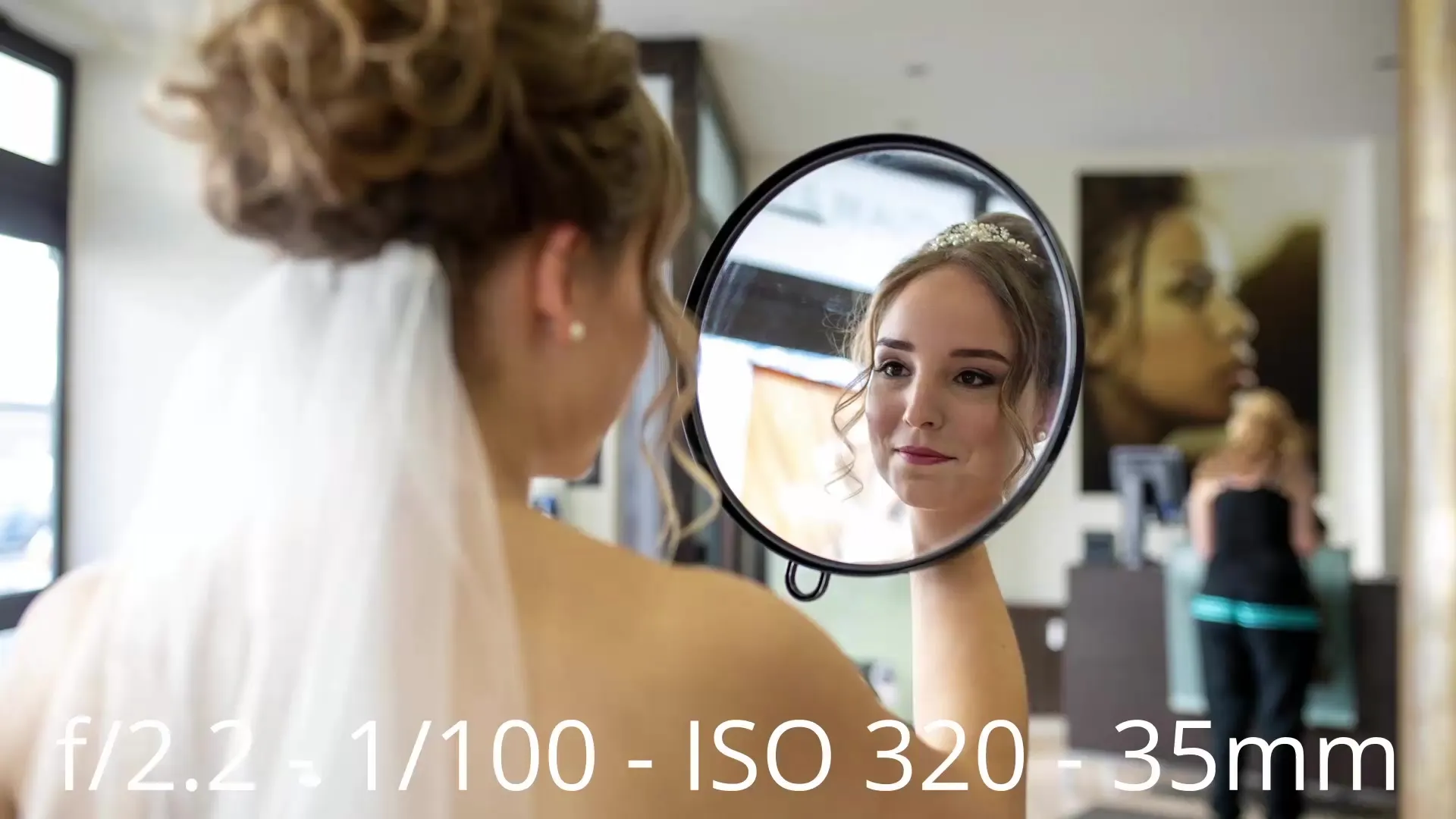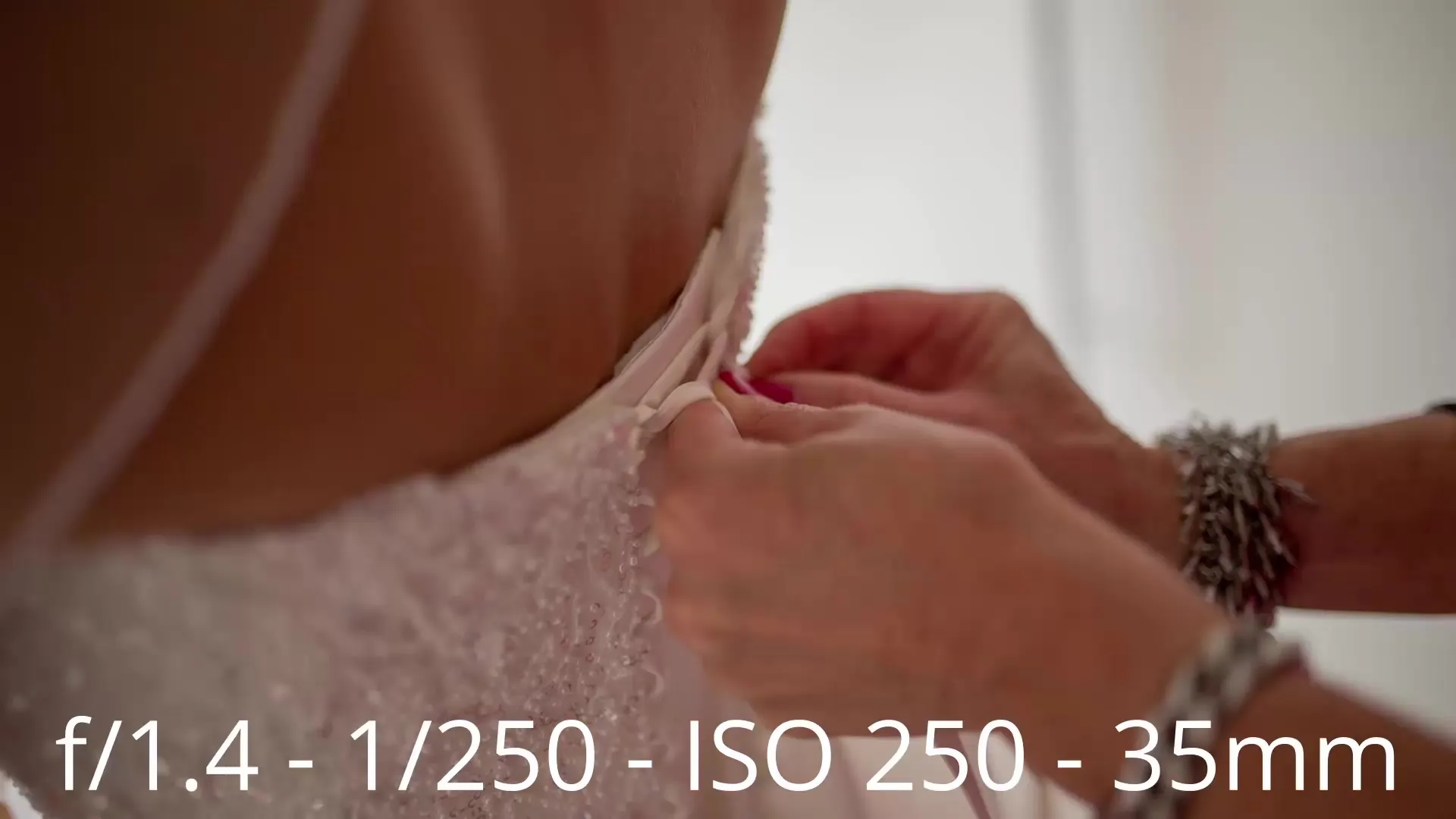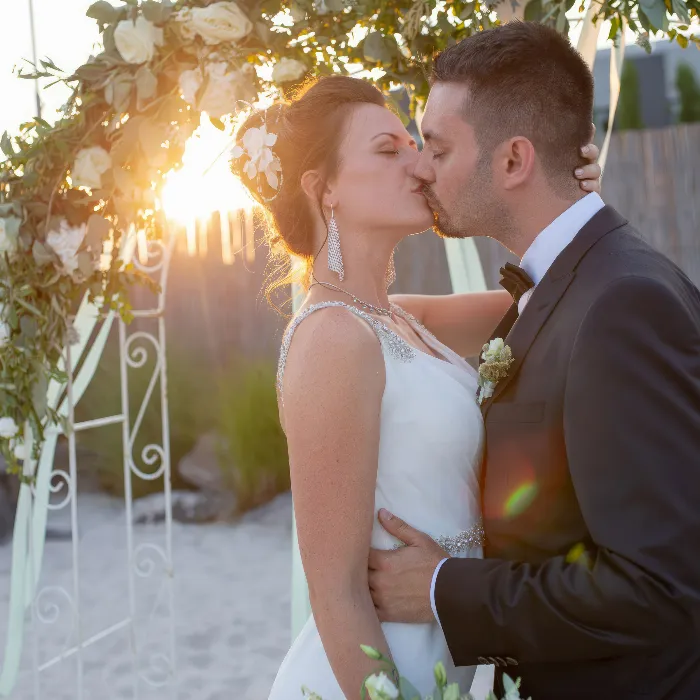The "Getting Ready" is not only an essential part of the wedding day, but also offers a wonderful opportunity to capture emotional and authentic moments. This is the moment when the bride and groom prepare for their big day, and it represents a valuable part of the wedding story. Here you will receive valuable tips and a step-by-step guide on how to take the best photos during these preparations.
Key Insights
- The bride's preparation is often more elaborate than that of the groom, which should be reflected in the composition of the images.
- Pay attention to emotions, interactions, and details throughout the entire process.
- Use appropriate lenses to make the most of different perspectives and lighting conditions.
- Kindly document the preparations while maintaining a suitable distance.
Step-by-Step Guide
1. Plan Ahead Before the big day arrives, it is helpful to visit the location and learn a little about the conditions. Is the hairdresser responsible for the bride often crowded or accompanied by a pleasant lighting atmosphere? This preliminary information can help you choose the best photo positions.
2. Choose the Right Lenses Especially during "Getting Ready," it is essential to have different lenses ready. A 35mm lens (e.g. the 35mm f/1.4) is ideal for wide shots, while an 85mm lens (e.g. the 85mm f/1.8) allows you to get closer to the details and specifically capture the backgrounds. This combination supports you in maintaining both overview and attention to detail.

3. Capture the Emotions There is nothing more beautiful than genuine emotions and interactions among those present. Pay attention to photographing the witnesses, parents, and friends during the "Getting Ready," as they can often capture crucial moments and emotions. It is often the small gestures that bring the pictures to life.
4. Use Mirrors and Reflections A hairdresser almost always has a mirror that gives you as a photographer the opportunity to shoot through reflections. It is important to ensure that you are not in the image yourself, but it can produce wonderful, creative results if you manage to successfully implement this technique.

5. Capture Details Detail shots are crucial. Capture not only rings and the wedding dress, but also things like the bride's makeup, hair accessories, or special details on the groom's suit, such as cufflinks. These shots will later serve as valuable memory aids.

6. Be the Supportive Photographer Your task is not only to take photos; you are also part of the moment. Support the bride and groom where necessary, whether it's in choosing the dress or putting on the veil. Be sure to maintain an appropriate distance so as not to disturb the process.
7. Keep Fun in the Foreground Interact with those present, be friendly and open. Be sure to create a pleasant atmosphere that helps you and others with photography. It is important that everyone has fun on the day.
8. Pay Attention to Lighting Lighting conditions can sometimes be challenging, especially in hair salons that can emit unpleasant light. Be sure to shoot in RAW format so you can adjust the white balance later. Manual settings can help you create evenly exposed and color-accurate photos.
9. Individual Approach Every wedding and every couple are unique. Consider what is important to you in capturing the special moments of the wedding in images. The following areas are essential: emotions, details, and family. Keep these aspects in mind to depict the preparation in its entirety.
Summary
The "Getting Ready" is an essential phase of the wedding day, where many emotional and meaningful moments take place. With proper planning and technical skills, you can capture great memories for the couple.
Frequently Asked Questions
What should I consider when preparing for the "Getting Ready"?Plan ahead, visit the location, and gather information about lighting conditions.
Which lenses are best suited?A 35mm and an 85mm lens are ideal for wide and detailed shots.
How can I best capture emotions?Photograph the interactions among those present, as it's the small gestures that matter.
How do I deal with poor lighting conditions?Shoot in RAW format and adjust the white balance manually.
Should I intervene during "Getting Ready"?Try not to disturb the process, but be supportive if help is needed.


